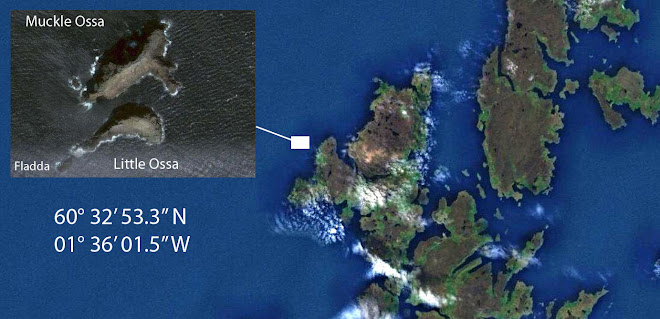Kathy Coull, who runs a textile workshop on Fair Isle, said the move would “wipe out an entire generation of knitters”. She added: “The schools programme is essential to keep the skills alive as it is getting the young ones interested that is important. Considering the amount the council will save, it will do severe damage to our heritage.”
For decades knitting has been taught to children in Shetland’s 24 primary schools, keeping alive a craft that has produced garments worn by the rich and famous from royalty to rock stars. Since the Prince of Wales took to wearing a Fair Isle sweater in the 1920s, the geometric style has become a fashion staple in wardrobes of stars including Sophia Loren, Carmen Electra and Victoria Beckham.
Now it’s feared that not only the knitting classes will be lost, but also the skills and patterns that date back centuries. Helen Budge, the council’s head of schools, has admitted that there was a “political risk” to the decision, as it “could be seen as detrimental to the cultural tradition of Shetland”.
Susan Johnson, secretary of the Shetland Guild of Spinners, Weavers and Dyers, said yesterday: “For about 60 years, knitting tradition has been taught in Shetland’s schools. With the climate of budget cuts everywhere, something has to go and I suppose it’s an easy option to cut out the knitting.”
Knitting has been a mainstay of Shetland’s arts and crafts and contributed to its economy for centuries, dating to the introduction of sheep to the islands in the 9th century by Norse settlers.By the end of the 19th century, the knitters on Fair Isle had achieved fame for their specific style. Islanders traded with passing ships, bartering homemade woollens for exotic goods.
Although the Shetland trade has been diminished by cheaper, overseas manufacturers there has been a recent resurgence throughout Britain and beyond in the popularity of knitting and knitwear. The guild of spinners has members from as far afield as Japan and America.
“There’s been a real resurgence of interest in knitting over the past three or four years,” Miss Johnson said. “You couldn’t get hold of any knitting magazines a while back, but now you can’t move for them.
“In the old days, everyone did knitting at home but gradually it has evolved. It has been in the doldrums with the advent of knitting machines and central heating, but over the last few years there has been a resurgence in it, with ‘Stitch ‘n Bitch’ \ and people who knit on the London Tube. It seems a shame to stop teaching when there is this interest.”
At the moment every pupil on the islands is taught throughout their primary education, giving them a grounding in basic techniques and Fair Isle patterns. The teachers travel around the schools and offer about two hours’ instruction a week.
The decision to end the teaching will be ratified at a meeting of the council’s services committee this week. It is a tradition that has been passed down through generations. But the art of Shetland knitting and the Fair Isle sweater it produced is under threat because of cuts to school budgets. Crafts experts have warned that a decision by Shetland Islands Council to save £130,000 by offering redundancy to its 14 knitting teachers would be a tragedy for Shetland culture.
But Hey ho - da councillors couldna give a monkeys...............
see










2.JPG)







.jpg)






